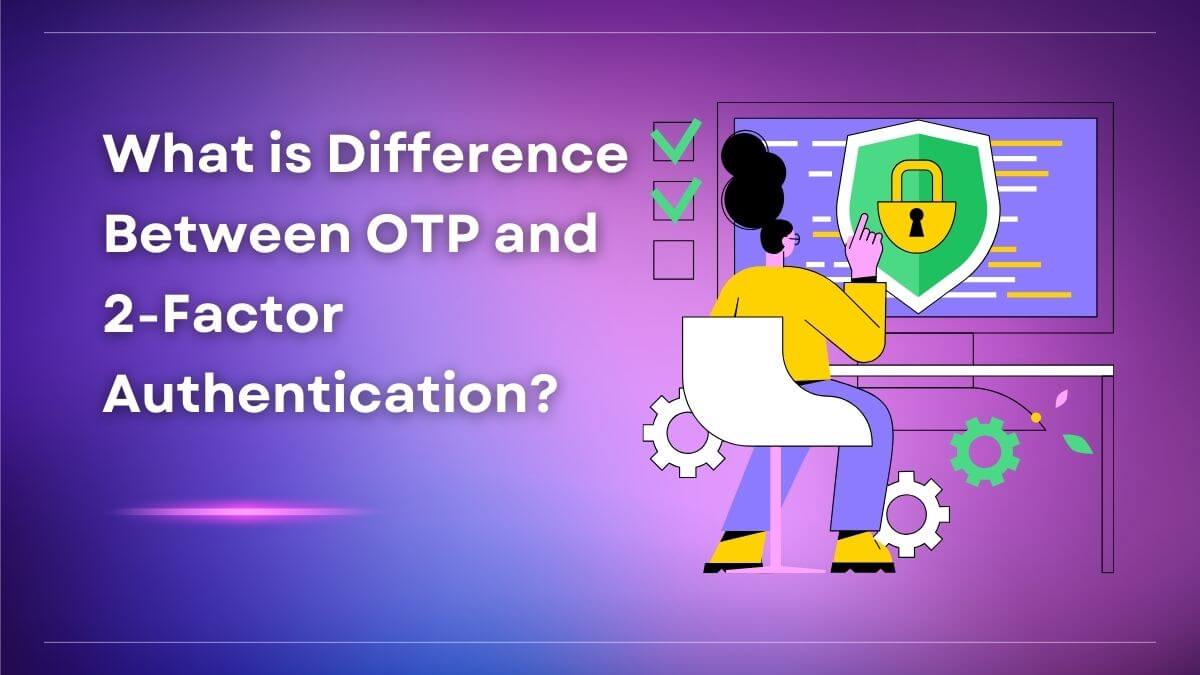Top 5 Teaching Platforms for E-Teachers
Online education has exploded in popularity in the modern digital age. Teachers can now reach students anywhere in the world because to the rise of the internet.
However, making the most of this online classroom requires picking the correct teaching platform. This article will discuss the top five teaching platforms that give e-teachers the tools they need to conduct productive and interesting online classes.
1. Google Classroom
Google Classroom is an online learning platform developed by Google. It serves as a hub for teachers and students to connect, communicate, and collaborate on assignments and projects. Teachers can create virtual classrooms, distribute materials, collect assignments, provide feedback, and facilitate discussions with their students. Students can access assignments, submit work, engage in class discussions, and receive feedback from their teachers. Google Classroom also integrates with other Google tools such as Google Drive for file storage and sharing.
Teacher preparation, material distribution, and timely feedback are all simplified by the system’s user-friendly interface. Student participation and community building can be encouraged through the use of Google Classroom’s real-time collaboration function. Google Classroom is a great alternative for schools and students because of its accessibility and variety of integrations.
As part of the Google Suite for Education, Google Classroom offers several features that enhance remote learning experiences. Some notable features include:
1. Streamlined assignment management: Teachers can create and distribute assignments to students easily through the platform. Students can then submit their completed work digitally within the given deadline. This eliminates the need for physical hand-ins and allows teachers to manage student progress efficiently.
2. Communication channels: The platform enables seamless communication between teachers and students through announcements and comments on assignments or class materials. This promotes efficient information exchange without relying on traditional means like email or face-to-face interaction.
3. Online discussion forums: Teachers can initiate group discussions or ask questions within the classroom environment to encourage student participation and engagement. Students can express their thoughts or seek clarification from peers or teachers.
4. Integration with other Google tools: Integration with various Google apps such as Google Drive, Docs, Sheets, and Slides provides a comprehensive digital learning experience. Students can access shared documents, collaborate in real-time on group projects, or create presentations directly within the platform.
5. Assignment grading and feedback: Teachers have access to convenient grading features where they can provide feedback directly on student assignments digitally using built-in annotation tools or comments.
6. Classroom organization: The interface allows teachers to create multiple classes with customizable settings according to specific requirements of each subject or grade level they teach.
2. Kahoot
One of the best and most preferred choices of teachers and students. This learning platform is game-based. After aligning it with the syllabus, teachers and educational institutions create fun-loving games, quizzes, assignments, etc. All of this can be done for various subjects and standards. It can be used from any device and in any language. This app successfully captures students’ engagement and makes learning easier and more fun.
With Kahoot, teachers can create custom quizzes or choose from the extensive library of pre-made quizzes covering various subjects. These quizzes can be shared with students who can join the game using a unique game PIN. During the live session, questions are displayed on the screen while students answer them using their own devices. Points are awarded for correct answers and a leaderboard is displayed to add excitement and encourage participation.
Kahoot also offers options for live discussion and survey modes. In the discussion mode, teachers can ask open-ended questions on any topic to promote conversation among students. The survey mode allows teachers to gather opinions or feedback by creating multiple-choice surveys.
Additionally, Kahoot provides tools that allow educators to assess student performance through detailed reports and analytics. These insights help identify areas where students need additional support or improvement.
3. ThingLink
Teachers use this online platform for providing visual learning experiences. This award-winning education technology allows teachers to present images with sounds, music, animations, etc. so that it becomes eye-catching and interactive. The picture can be just an image, a table or a graph etc. The teacher can add notes, references or videos to the image for better understanding and explanation.
ThingLink is a powerful tool that provides e-teachers with several benefits for creating interactive and engaging learning experiences. Here are some of the key advantages:
1. Visual Interactivity: ThingLink allows e-teachers to add interactive elements to images, videos, and 360-degree virtual tours. This helps in presenting content in a more dynamic and immersive way, enhancing student engagement.
2. Personalized Learning: E-teachers can use ThingLink to adapt instructional materials according to individual student needs. By embedding text, images, audio, or video explanations within the interactive image or video, they can provide different levels of support and guidance.
3. Active Learning: With ThingLink, e-teachers can design activities that foster active learning. Students can explore and interact with multimedia content embedded within images or videos, making the learning experience more hands-on and participatory.
4. Assessments and Feedback: Using ThingLink’s built-in features, e-teachers can create assessments within the interactive media by embedding quizzes or self-check questions. This enables them to instantly gauge student understanding and provide timely feedback.
5. Collaboration: ThingLink supports collaboration among students through its sharing options. E-teachers can create group projects where students contribute their own interactive elements to a shared image or video, promoting teamwork and peer learning.
4. Microsoft Teams for Education
Microsoft Teams for Education is a flexible platform that integrates video conferencing, chat, and collaboration tools into a single, all-inclusive package. It includes virtual classrooms, file sharing, and collaborative document editing, among other features.
Teachers can simply create and distribute assignments using Word, PowerPoint, and Excel due to its seamless integration with the Microsoft Office suite. Microsoft Teams also facilitates interactive discussions and presentations with its video and audio capabilities.
5. Storybird
A platform most loved by the students. It is a fact that learning is more effective when it has a story attached to it and when it has many visuals. This platform is the right choice for that. The teachers can use this to create stories that deliver knowledge. The writing and reading skills of the students get improved in this act of storytelling. Teachers can conduct these sessions, interact with students, take quizzes and even provide feedback.
The above-stated were the five best tools for online teaching. These tools can make the teaching and learning process easier, more fun-loving and more efficient. However, no platform is good enough without the commitment of both students and teachers. These tools make communication effective, but commitment is the tool that’ll help you sail through.

